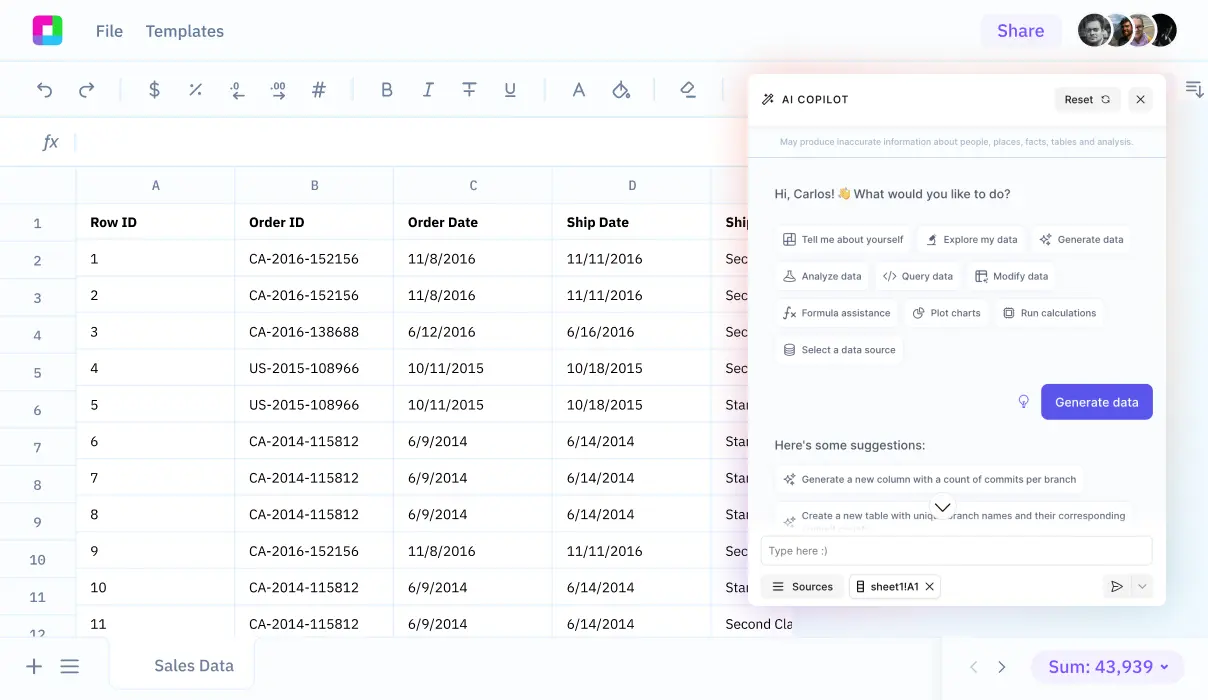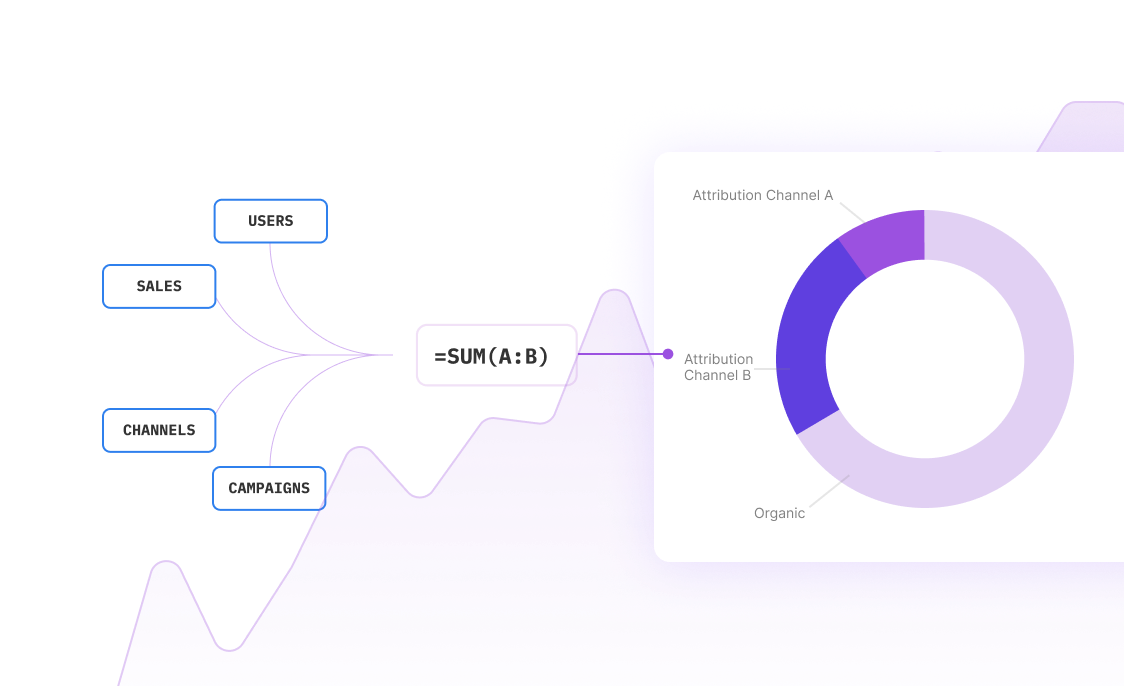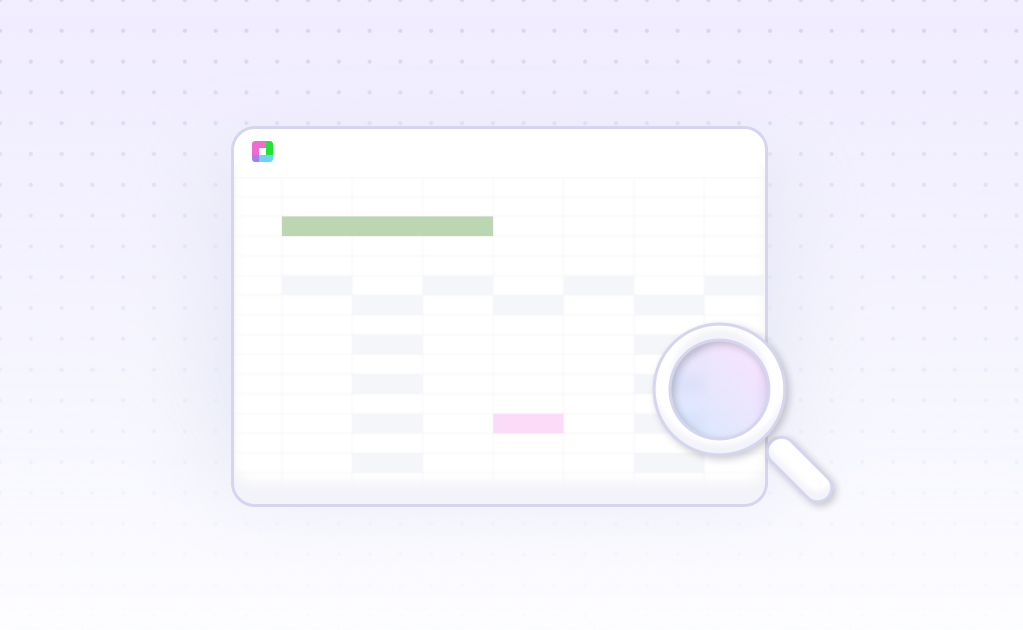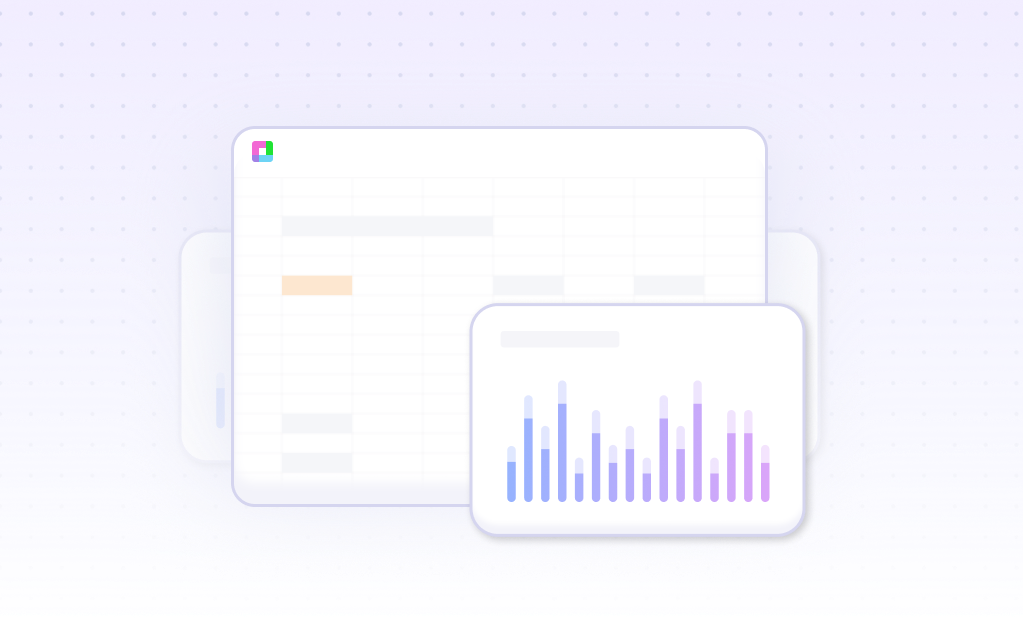
Introduction
Leverage ratio analysis helps assess a company's financial health by comparing total debt to total equity. While Excel provides templates and formulas for calculating leverage ratios, modern AI tools offer more sophisticated analysis capabilities. Sourcetable combines Excel's functionality with AI-powered analytics to streamline financial analysis workflows.
Financial analysts can leverage AI capabilities like real-time data aggregation, advanced analytics, and automated visualizations to gain deeper insights. Sourcetable enables comprehensive leverage ratio analysis, including debt-to-equity ratios, equity multipliers, and debt-to-EBITDA calculations. Learn how to analyze leverage ratios without Excel expertise at sourcetable.com/signup.
Why Sourcetable Is Superior for Leverage Ratio Analysis
Excel's traditional spreadsheet functionality revolutionized financial analysis but has become obsolete for modern business needs. Sourcetable's AI-powered platform combines Excel's core capabilities with advanced automation, making it the optimal choice for leverage ratio analysis.
Automated Financial Risk Assessment
While Excel requires manual calculation of leverage ratios, Sourcetable automates ratio analysis to quickly assess a company's debt reliance and credit risk. This automation frees analysts to focus on strategic planning and data interpretation rather than formula management.
Enhanced Decision Making
Sourcetable's AI capabilities enable automated trend and sensitivity analysis of leverage ratios, providing deeper insights into a company's ability to service debt. Natural language processing allows analysts to quickly generate visualizations and reports, leading to more timely and informed decision-making.
Streamlined Workflow
Unlike Excel's static interface, Sourcetable transforms leverage ratio calculations into dynamic analyses through natural language commands. This modern approach eliminates the need for complex formulas while delivering more comprehensive financial risk assessment capabilities.
Benefits of Leverage Ratio Analysis with Sourcetable
Leverage ratios are essential tools for evaluating a business's financial stability and risk. These metrics measure how much debt finances operations and assets, guiding critical decisions about debt management and financing strategies.
Why Choose Sourcetable for Leverage Analysis
Sourcetable offers significant advantages over traditional spreadsheet tools for leverage ratio analysis. Its AI-powered assistant and powerful analytics capabilities make data analysis fast and efficient. The platform excels at organizing and visualizing financial data, with built-in features for charting and calculations.
Unlike Excel-like solutions, Sourcetable provides robust multi-user collaboration features and comprehensive audit trails. The software efficiently processes CSV files and delivers reliable, rapid analysis through its intuitive interface. Its spreadsheet analytics tools streamline the creation of financial reports and visualizations.
Leverage Ratio Analysis with AI-Powered Spreadsheets
AI-powered spreadsheet tools automate leverage ratio analysis in a fraction of the time compared to manual calculations. This automation allows finance professionals to focus on strategic decision-making rather than time-consuming calculations.
Key Leverage Ratios
With AI tools, you can quickly analyze essential leverage metrics including debt-to-equity, debt-to-EBITDA, and debt-to-capital ratios. These measurements reveal how effectively a company uses borrowed funds and assess its ability to meet debt obligations.
Financial Stability Assessment
AI-driven analysis provides comprehensive insights into a company's financial stability and operational efficiency. Lower leverage ratios indicate stronger financial positions, while higher ratios signal potential risks that could impact creditworthiness.
Data-Driven Decision Making
Modern spreadsheet platforms enable faster analysis of historical financial data to improve forecasting accuracy. The 360-degree view of organizational performance helps teams collaborate effectively and make informed decisions based on actionable insights.
Leverage Ratio Analysis Use Cases
Financial Obligation Assessment |
Analyze company, institution, and individual ability to meet financial obligations with automated ratio calculations. AI-powered tools minimize human error while processing large datasets to generate accurate assessments. |
Operating Expense Analysis |
Measure company operating expense mix and evaluate how output changes affect operating income. AI automation streamlines complex scenario analysis and uncovers deeper insights from financial data. |
Asset Financing Evaluation |
Understand how companies finance assets and operations through automated leverage ratio analysis. Real-time data connections enable comprehensive visibility into business financing structures. |
Credit Risk Assessment |
Generate automated reports for creditors evaluating lending decisions. AI-powered analysis provides accurate forecasts and optimizes risk assessment through large dataset analysis. |
Frequently Asked Questions
What is leverage ratio analysis and why is it important?
Leverage ratio analysis measures a company's level of debt and shows how assets and operations are financed through debt versus equity. It's important because it helps assess a company's ability to meet financial obligations and shows how much capital comes from debt financing versus other sources.
What are the key leverage ratios I should calculate?
The main leverage ratios to calculate are debt-to-equity (D/E), debt-to-assets (D/A), debt-to-capital, and debt-to-EBITDA ratios. These ratios compare debt levels to various financial metrics to evaluate a company's solvency and capital structure.
How do I perform leverage ratio analysis in Sourcetable?
To perform leverage ratio analysis in Sourcetable, first gather the company's balance sheet and income statement data. Then calculate key ratios like total debt-to-EBITDA (Total Debt/EBITDA), senior debt-to-EBITDA (Senior Debt/EBITDA), and net debt-to-EBITDA (Net Debt/EBITDA). Compare these results to industry benchmarks to assess if the company is over or under-leveraged.
Conclusion
Leverage ratio analysis, calculated using the formula Total Debt / Total Equity, can be performed in Excel using downloadable templates and basic spreadsheet functions. While Excel remains a viable option, Sourcetable offers an AI-powered alternative that simplifies the analysis process. This innovative platform combines spreadsheet functionality with an AI assistant that responds to natural language commands and connects to over 100 data sources.
Whether you need to calculate leverage ratios, compare them to industry peers, or integrate external financial data, Sourcetable streamlines the workflow through its AI capabilities and programming interfaces. Experience how Sourcetable can transform your leverage ratio analysis at sourcetable.com/signup.
Recommended Analysis Guides
Connect your most-used data sources and tools to Sourcetable for seamless analysis.
Frequently Asked Questions
If you question is not covered here, you can contact our team.
Contact Us





